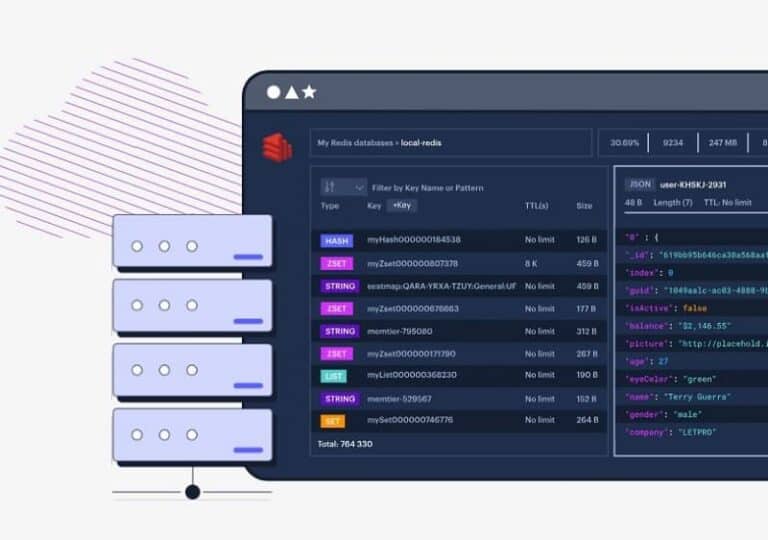In-memory data store Redis is now available under the AGPLv3 open source license. The creator has changed course after the controversial switch to the limited source available SSPL license in 2024. The return to open source license should improve relations with the Redis community.
In March 2024, Redis switched to the SSPL license, resulting in a break with the open source community. This change led to the emergence of Valkey, a fork of Redis under the Linux Foundation that wanted to continue Redis’ original open source philosophy.
Redis changed its license model to prevent large cloud providers, AWS and Google Cloud, from benefiting from Redis without making commensurate contributions in return. Since the switch to SSPL, these providers have maintained their own Redis fork.
Return of Salvatore Sanfillipo
A crucial development was the return of Redis founder Salvatore Sanfillipo as developer evangelist in November 2024. His influence is an important factor in the company’s renewed direction. Under his guidance, together with CTO Benjamin Renaud, Redis has decided to add the OSI-approved AGPL license as an option.
The Open Source Initiative (OSI) did not recognize the SSPL license as a true open source license. It was more of a limited source-available license. The AGPLv3, on the other hand, does meet the requirements, allowing Redis to be once again called a fully open source product. This should restore the relationship with the community that had deteriorated due to the previous license change.
New features
In addition to the license change, Redis 8 also introduces new technical capabilities. Vector sets, designed by Sanfillipo, are the first new data type in years. Redis Stack technologies, such as JSON, Time Series, and the Redis Query Engine, are also being integrated into the Redis core.
According to Redis, version 8 delivers more than 30 performance improvements, with up to 87 percent faster commands and double the throughput. This should increase Redis’ appeal compared to alternatives such as Valkey.
The license change comes when many companies are looking for alternatives to Redis. A 2024 survey found that 83 percent of large companies using Redis had already adopted Valkey or were testing it. This significant shift threatened to weaken Redis’ market position.
Redis 8 with AGPL license is now available. It remains to be seen whether this move will be enough to restore the community’s confidence and halt the migration to alternatives such as Valkey.
Tip: Flight to Valkey seems to be a response to the loss of Redis’ open source license
